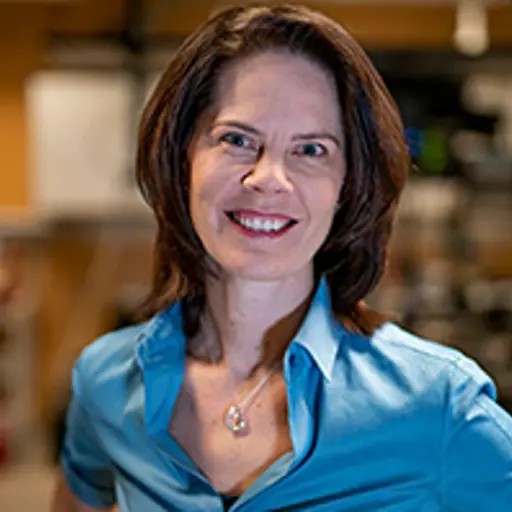Course syllabus adopted 2021-02-26 by Head of Programme (or corresponding).
Overview
- Swedish nameOptik
- CodeFFY091
- Credits6 Credits
- OwnerTKTFY
- Education cycleFirst-cycle
- Main field of studyEngineering Physics
- DepartmentMICROTECHNOLOGY AND NANOSCIENCE
- GradingTH - Pass with distinction (5), Pass with credit (4), Pass (3), Fail
Course round 1
- Teaching language Swedish
- Application code 57115
- Maximum participants130
- Open for exchange studentsNo
- Only students with the course round in the programme overview.
Credit distribution
Module | Sp1 | Sp2 | Sp3 | Sp4 | Summer | Not Sp | Examination dates |
|---|---|---|---|---|---|---|---|
| 0194 Examination 4.5 c Grading: TH | 4.5 c |
| |||||
| 0294 Laboratory 1.5 c Grading: UG | 1.5 c |
In programmes
Examiner
- Åsa Haglund
- Full Professor, Photonics, Microtechnology and Nanoscience
Eligibility
General entry requirements for bachelor's level (first cycle)Applicants enrolled in a programme at Chalmers where the course is included in the study programme are exempted from fulfilling the requirements above.
Specific entry requirements
The same as for the programme that owns the course.Applicants enrolled in a programme at Chalmers where the course is included in the study programme are exempted from fulfilling the requirements above.
Course specific prerequisites
EEF031 or equivalent course and basic knowledge of Matlab programming.
Aim
The Optics course should provide the participants with a basic understanding of classical optics and modern photonics and a foundation for further activities within this area, an important part of which is the simulation of optical phenomena and devices with software developed by the participants themselves.
Learning outcomes (after completion of the course the student should be able to)
Having completed the course, the participant should be aware of some strengths and shortcomings of the wave and particle models for light, respectively, and be able to explain and analyse with analytical and numerical methods
- lenses, spherical mirrors and oher thin optical components
- diffractive components
- polarization changing components
- imaging systems working with incoherent light
- systems measuring or being influenced by the coherence of light
- optical waveguides, in particular the optical fiber
and possess basic knowledge about light sources, including the laser.
Content
Review of EM field theory, plane wave decomposition including the numerical method Propagation of Angular Spectrum (PAS), Huygens-Fresnel's principle with the four rules of thumb for propagation, thin optical components, reflection and transmission at material boundaries, diffraction, polarization, imaging with four different methods e.g. geometrical optics, coherence, waveguiding including the numerical method Beam Propagation Method (BPM), optical fibers, light sources, lasers, and the photon picture of light.
Organisation
Home assignments/numerical labs (5, optional), laboratory exercises (2, compulsory), tutorials (6) and lectures (14).Literature
The course contents are defined by the contents of the lectures (which are collected in the booklet Föreläsningsanteckningar med kommentarer), tutorials, home assignments with follow-ups, and lab exercises. Examples of books that can be used as reference literature, if desired, are Optics by E. Hecht, available as an e-book from Chalmers library, and Physics of Light and Optics by J. Peatross and M. Ware that can be downloaded for free from the Internet.Examination including compulsory elements
To pass the course both laboratory exercises must have received a pass. A written exam must also receive a pass; the exam consists of questions related to the home assignments and the laboratory exercises, and discussion and problem solving tasks of the type that is treated at the tutorials. Further, the home assignments may give bonus points at the exam. For grade 3, 30 p at the exam is required including bonus points, 40 p for grade 4, and 50p for grade 5. Maximum total points at the exam, excluding bonus, is 60.The course examiner may assess individual students in other ways than what is stated above if there are special reasons for doing so, for example if a student has a decision from Chalmers about disability study support.
